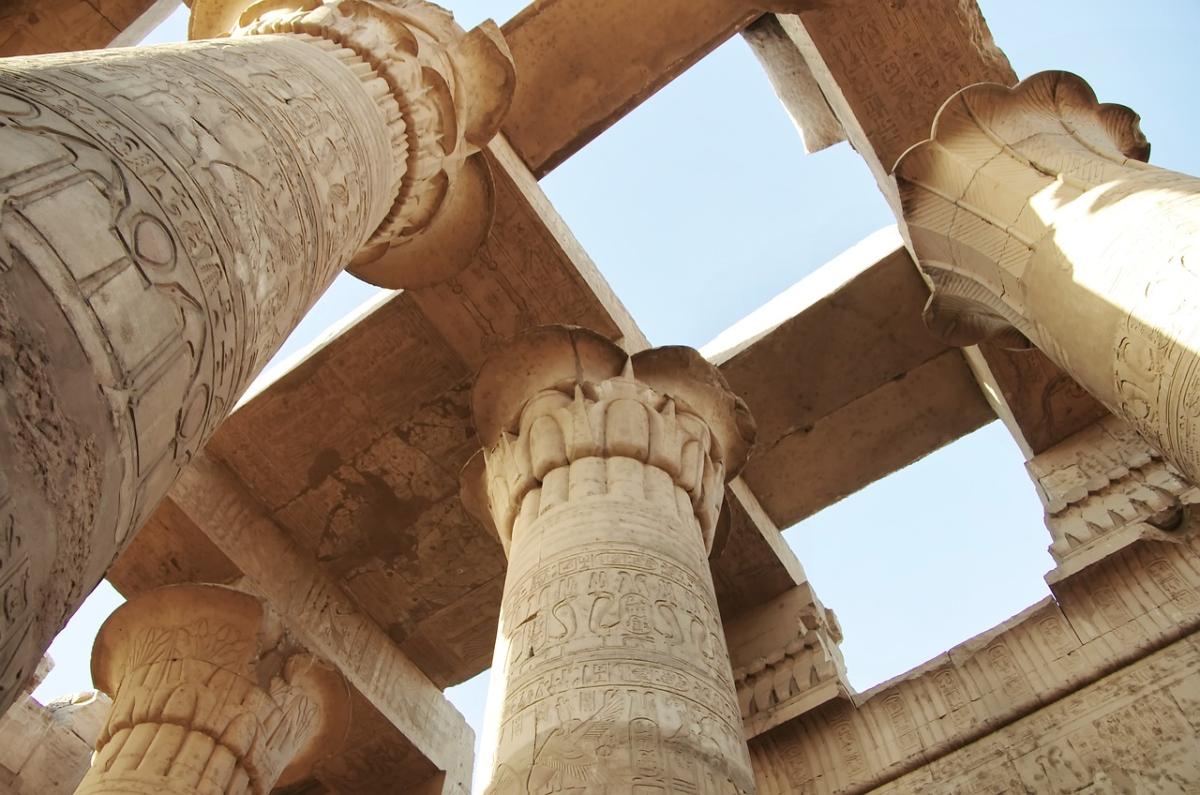
An Insiders Guide to Egypts Iconic Karnak Temples
The Temples of Karnak are located near Luxor, Egypt, and is one of the most iconic temple complexes in the world. It was built over many centuries by a variety of Egyptian kings and pharaohs, beginning with King Senusret I in the Middle Kingdom period (c. 2055-1650 BCE). The complex is composed of several temples dedicated to various gods such as Amun Ra, Mut and Khonsu which feature some of Egypt's most impressive architecture. Its distinct features include its enormous Hypostyle Hall which has 134 columns that reach up to 23 meters high; an avenue lined with sphinxes; multiple pylons fronting each temple's entrance; numerous obelisks and statues; two sacred lakes where priests would purify themselves before entering the main halls for worship; and a vast network of courtyards filled with hieroglyphic inscriptions. These unique features make it one of the most fascinating archaeological sites in Egypt today.
History of the Temples of Karnak
The Temples of Karnak began to be constructed in the Middle Kingdom period, around 2055 BCE. The complex was built up over many centuries by a variety of Egyptian kings and pharaohs until it reached its peak during the reigns of Amenhotep III (c. 1390-1353 BCE) and Ramses II (c. 1304-1237 BCE). During this time, the complex became known as Pr-Imn which translates to “the House of Amun” or “Holy Place of Amun” due to its dedication to the god Amun Ra.
In addition to being dedicated to one particular god, the Temples at Karnak were also used for political purposes - they served as a gathering place for dignitaries from all across Egypt who wanted their voices heard by Pharaoh himself; as well as providing an important venue for coronation ceremonies such as those conducted by Hatshepsut (1479-1458 BC), Thutmose III (1504-1450BC), and Seti I (1306-1290 BC).
The temples are also significant because they bear witness to numerous moments in Egyptian history including battles between enemies like Nubians and Romans; religious occasions such Alexander's visit in 332BCE when he offered sacrifices at the temple; and royal marriages, funerals, festivals etc. Furthermore, there is evidence that suggests some parts may have been used for astrological observations too.
Finally, although most structures within this complex have long since fallen into ruins or been destroyed entirely following earthquakes or pillaging by foreign invaders- what remains today still stands testament to both ancient skillful engineering feats such as its huge Hypostyle Hall with 134 columns reaching up 23 meters high - but also human ingenuity that created architectural beauty throughout each temple: sphinxes adorning avenues leading up towards entrances flanked with multiple pylons along with statues obelisks dotting cour
Architecture and Layout
The architecture of the Temples of Karnak is varied and distinct. The most iconic feature is the Hypostyle Hall, an enormous hall with 134 columns that reach up to 23 meters high - a feat which demonstrates ancient engineering skills as well as human ingenuity. Furthermore, avenues lined with sphinxes lead up to each temple’s entrance which are flanked by multiple pylons decorated with hieroglyphic inscriptions. There are also numerous obelisks and statues throughout the complex, providing further visual interest.
The layout of the Temples at Karnak follows a consistent pattern: from east to west there are multiple courtyards leading into inner sanctums where ceremonies and worship would take place; two sacred lakes where priests would purify themselves before entering; a vast network of chambers for offerings or storage; and finally, in some cases, an outer precinct housing stables or workshops. Within these precincts were other temples dedicated to different gods such as Mut or Khonsu which were often linked together through passageways or galleries - thus creating one cohesive whole out of many individual elements.
Notable Aspects and Structures
The Great Hypostyle Hall is perhaps the most iconic feature of the Temples of Karnak. This enormous hall features 134 columns that reach up to 23 meters high and form a forest of stone pillars that are believed to be one of the greatest architectural feats in Egyptian history. The columns, which were built by Amenhotep III and Ramses II, are decorated with inscriptions describing religious ceremonies, wars, or other events related to this period. There is even evidence suggesting that some parts may have been used for astrological observations too!
The Sacred Lake sits near the entranceway to the complex where priests purified themselves before entering into worship - its waters were also believed to be inhabited by sacred crocodiles which acted as guardians for this temple site. Today it has become an important archaeological resource providing insight into how water was managed during ancient times in Egypt as well as being a popular tourist attraction due to its grandeur.
Finally, leading up towards each temple’s entrance is an Avenue of Sphinxes - a long line up of sphinxes carved from sandstone and granite whose faces represent different gods depending on their position within this procession such as Amun Ra or Mut. This avenue was used both symbolically and practically: while serving as a path connecting temples together it also represented kingship - acting like sentinels guarding these sacred sites from any would-be intruders who dared enter their realm uninvited.
Religious Activities and Celebrations
Worship Practices: Worship and prayer were the central activities of temple life in ancient Egypt. People would gather to make offerings, perform rituals, and pray to the gods for protection and blessings. Within the Temples of Karnak there were several inner sanctums dedicated to different gods including Amun Ra, Mut and Khonsu which served as focal points for religious ceremonies. Priests would lead worshipers through a series of processions from these temples out into courtyards or across bridges leading up towards pylons where they could offer sacrifices such as animals or food items.
Ceremonies and Festivals: The Temples at Karnak also provided an important location for royal coronations - pharaohs who wanted their voices heard by rulers from all across Egypt gathered here with dignitaries to witness Hatshepsut (1479-1458 BC), Thutmose III (1504-1450BC), Seti I’s (1306-1290 BC) crowning moments among many others. In addition, events like Alexander's visit in 332BCE when he offered sacrifices at one of the temples - along with battles between enemies like Nubians and Romans; royal marriages; funerals; festivals etc., have all been witnessed within this complex over time leaving behind evidence that speaks volumes about its significance historically speaking.
Modern Day Relevance of the Temples of Karnak
The Temples of Karnak are recognized today for their immense historical and archaeological value. As a result, the site is visited by tourists from all over the world each year who come to admire its grandeur and learn about the ancient culture that created it. Furthermore, due to its large size, there are many ongoing archaeological activities such as excavations and conservation efforts being undertaken at Karnak which help explain more about how this complex was used in antiquity.
In addition to modern day relevance through tourism or archaeological activities, The Temples of Karnak have also had an impact on popular culture over time - inspiring artworks ranging from paintings to sculptures; musical compositions based around motifs found within these temples; as well as literature including novels like Wilbur Smith’s River God (
Which tells an epic story set during ancient Egypt. This demonstrates just how influential this temple complex has been throughout history - even up until present day!
A Monumental Legacy: Unveiling the Enduring Splendor of Karnak Temples
In the heart of ancient Egypt, amidst the sprawling expanse of Luxor, lies the awe-inspiring Karnak Temple Complex, a testament to the architectural prowess and spiritual devotion of a bygone era. This colossal ensemble, spanning an area of over 200 acres, stands as one of the world's largest religious monuments, a poignant echo of the grandeur and reverence that once permeated the land of the pharaohs.
A Tapestry of Time: The Evolution of Karnak's Architectural Masterpiece
The construction of Karnak commenced around 1550 BCE during the Middle Kingdom, marking the beginning of a remarkable architectural evolution that would span over 2,000 years. Over this extensive period, a succession of pharaohs, each leaving their indelible mark, contributed to the complex's expansion and transformation.
The Hypostyle Hall: A Forest of Pillars, A Symphony of Engineering
The Hypostyle Hall, the architectural centerpiece of Karnak, stands as a monumental triumph of engineering and artistry. This vast hall, measuring 170 meters long and 52.5 meters wide, is adorned with 134 colossal columns, each reaching an astonishing height of 23 meters. Their sheer scale and intricate carvings, depicting religious scenes and hieroglyphic inscriptions, create a mesmerizing spectacle, evoking a sense of awe and reverence.
Sacred Lakes and Avenues: A Realm of Rituals and Symbolism
The sacred lakes of Karnak, mirroring the papyrus swamps of the Nile River, served as focal points for religious ceremonies and purification rituals. These serene bodies of water, adorned with intricate carvings and surrounded by lush greenery, exude an air of tranquility and spiritual significance.
Avenues lined with majestic sphinxes, their enigmatic forms guarding the sacred precinct, lead up to the entrance of the temples. These sphinxes, carved from sandstone and granite, represent the divine guardians, embodying the power and authority of the pharaohs.
Religious Practices and Ceremonies: A Tapestry of Rituals and Offerings
Within the confines of Karnak, a rich tapestry of religious practices unfolded. Worshippers gathered to offer sacrifices, perform rituals, and seek blessings from the divine. The complex encompassed numerous inner sanctums dedicated to various deities, including the supreme god Amun-Ra, his consort Mut, and their son Khonsu, providing stages for elaborate ceremonies and processions.
Ceremonies of Royal Coronations and Historical Events: A Chronicle of Power and Transformation
The grandeur of Karnak extended beyond religious practices, serving as the backdrop for pivotal events in Egyptian history. Royal coronations, attended by dignitaries from across the land, echoed through the halls of Karnak, further solidifying the pharaoh's divine authority. Additionally, the complex witnessed momentous battles, royal marriages, funerals, and festivals, leaving behind a rich tapestry of historical evidence.
A Living Legacy: Enduring Relevance in Modern Times
Today, Karnak stands as a testament to the ingenuity and spiritual depth of ancient Egypt, captivating visitors from all corners of the globe. Archaeological excavations and conservation efforts continue to unravel the mysteries of this magnificent complex, shedding light on its past and enriching our understanding of the ancient world.
A Symbol of Cultural and Artistic Influence: An Enduring Inspiration
The Temples of Karnak have left an indelible mark on art, literature, and culture throughout history. Their intricate hieroglyphics, architectural grandeur, and rich symbolism have inspired artists, writers, and musicians alike. From paintings and sculptures to musical compositions, literature, and even modern-day architecture, the influence of Karnak remains pervasive.
A Perpetual Source of Wonder and Inspiration: A Journey into the Heart of Ancient Egypt
The Temples of Karnak, a constellation of architectural wonders and symbolic significance, stand as a beacon of knowledge and inspiration, inviting us to embark on a journey into the heart of ancient Egypt. Their enduring legacy serves as a testament to the profound impact of human creativity and the enduring power of faith and devotion. As we explore the depths of this remarkable complex, we gain a deeper appreciation for the rich tapestry of human history, allowing us to connect with our past and find meaning amidst the grandeur of Karnak's enduring splendor.
Conclusion
The Temples of Karnak have had an immense impact on architecture and culture throughout history, setting the precedent for many structures built after it. Its grandiose layout and its intricate decorations remain awe-inspiring to this day; its huge Hypostyle Hall with 134 columns reaching up 23 meters high stands testament to both ancient engineering feats as well as human ingenuity that created architectural beauty throughout each temple. Furthermore, the sacred lake near the entranceway provided a focal point for religious ceremonies while avenues lined with sphinxes leading up towards entrances flanked by multiple pylons adorned with hieroglyphic inscriptions still inspire visitors today.
Beyond just inspiring awe in those who admire it from afar, the Temples of Karnak also continue to be relevant in popular culture today - appearing in paintings, sculptures, musical compositions and literature such as Wilbur Smith’s River God (
. This demonstrates just how influential this temple complex has been throughout history - even up until present day! The ongoing archaeological activities at Karnak serve not only to uncover more about its past but also help us understand how this temple site was used which is particularly important considering we no longer practice worship there anymore. As such, The Temples of Karnak continues to hold great relevance today - providing an important window into our shared past that can be appreciated by all who visit or learn about it alike.
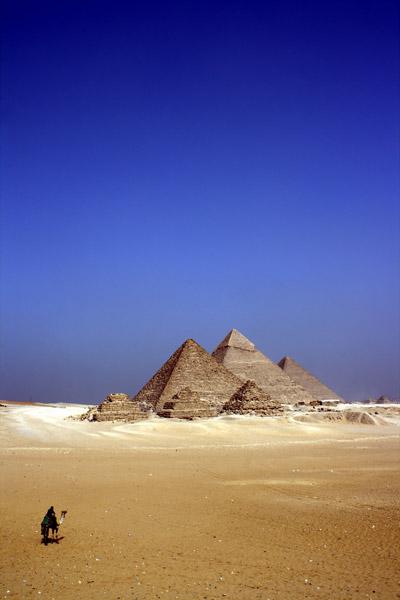
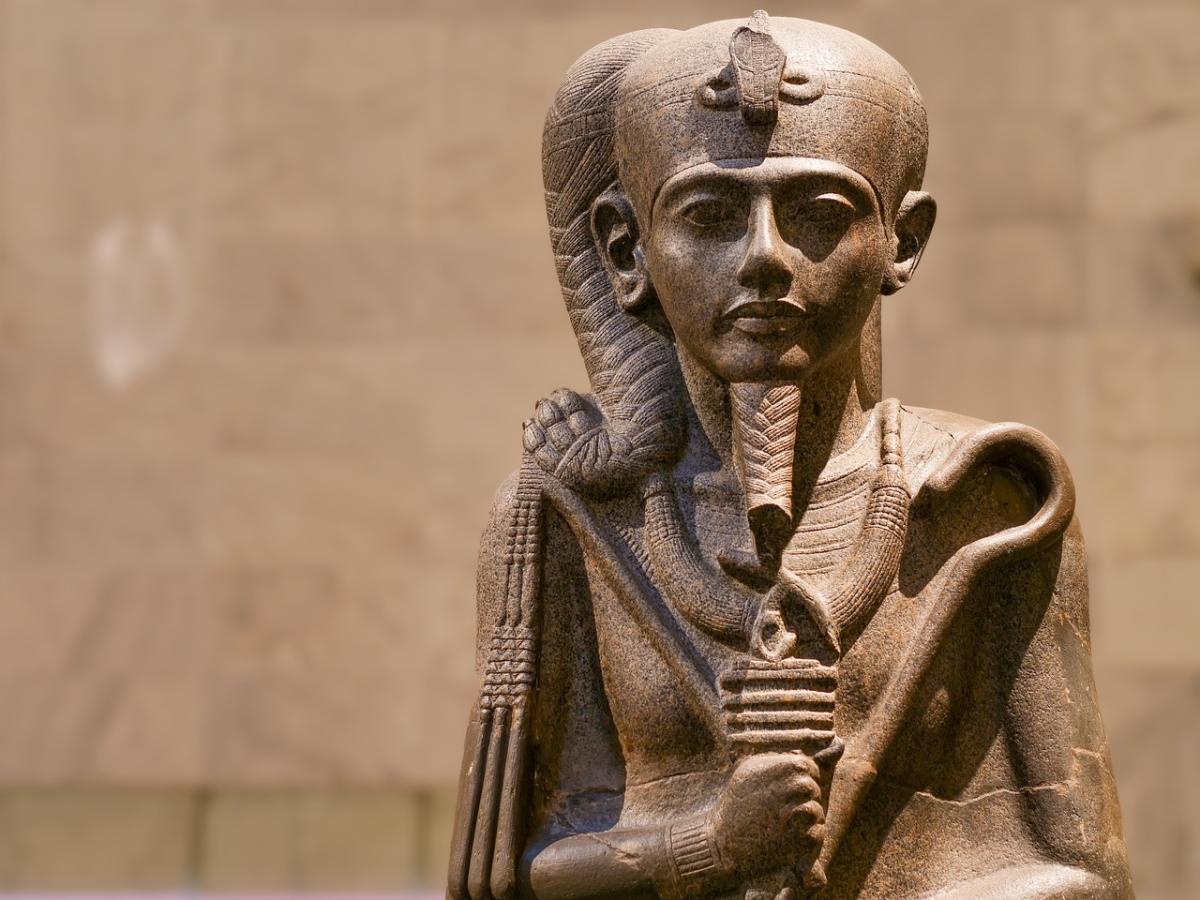
The Egyptian Museum of Cairo is a must-see destination for any traveler to the Middle East. Built in 1902, this museum houses an astounding collection of over 120, 000 artifacts and antiquities from ancient Egypt. It provides visitors with a unique opportunity to journey back in time and explore the...
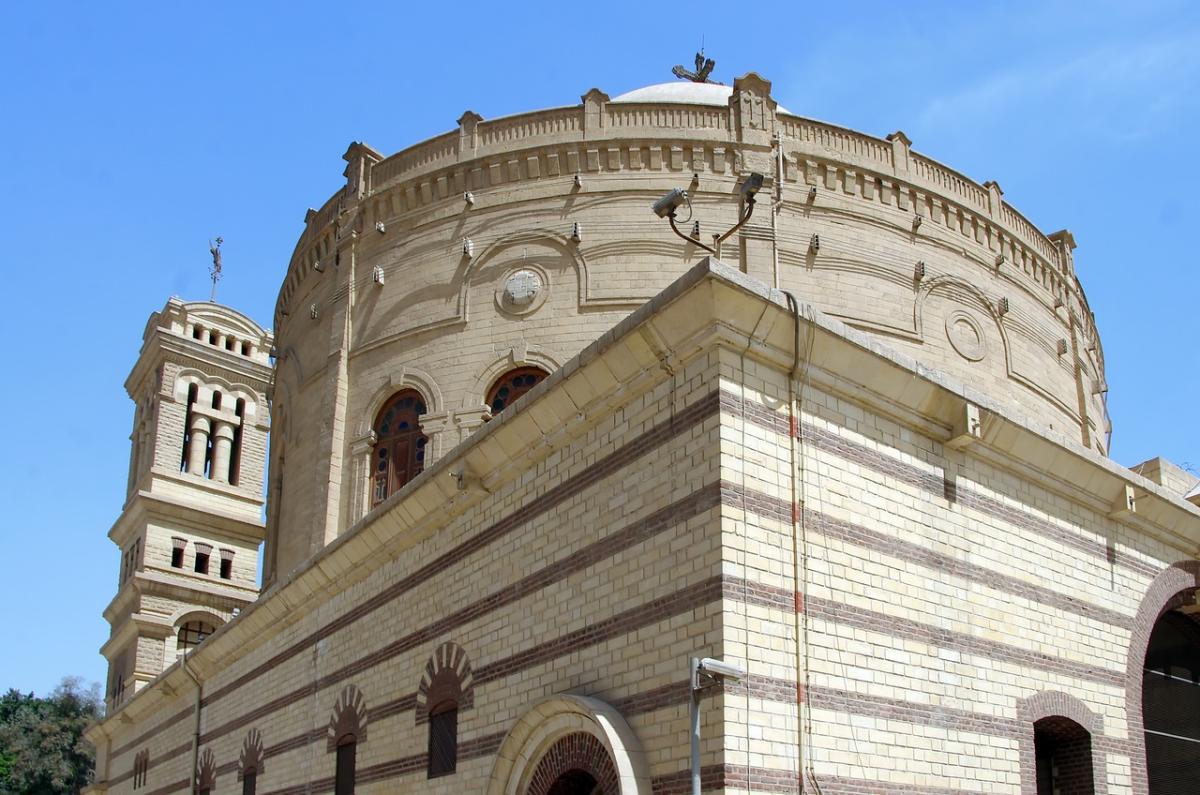
Egypt is home to some of the oldest churches in the world. These ancient Coptic churches are scattered throughout Egypt, from Alexandria to Asyut and beyond. The Coptic Church stands as a symbol of Christianity’s long history in Egypt, with its roots dating back centuries before Christ was even born....
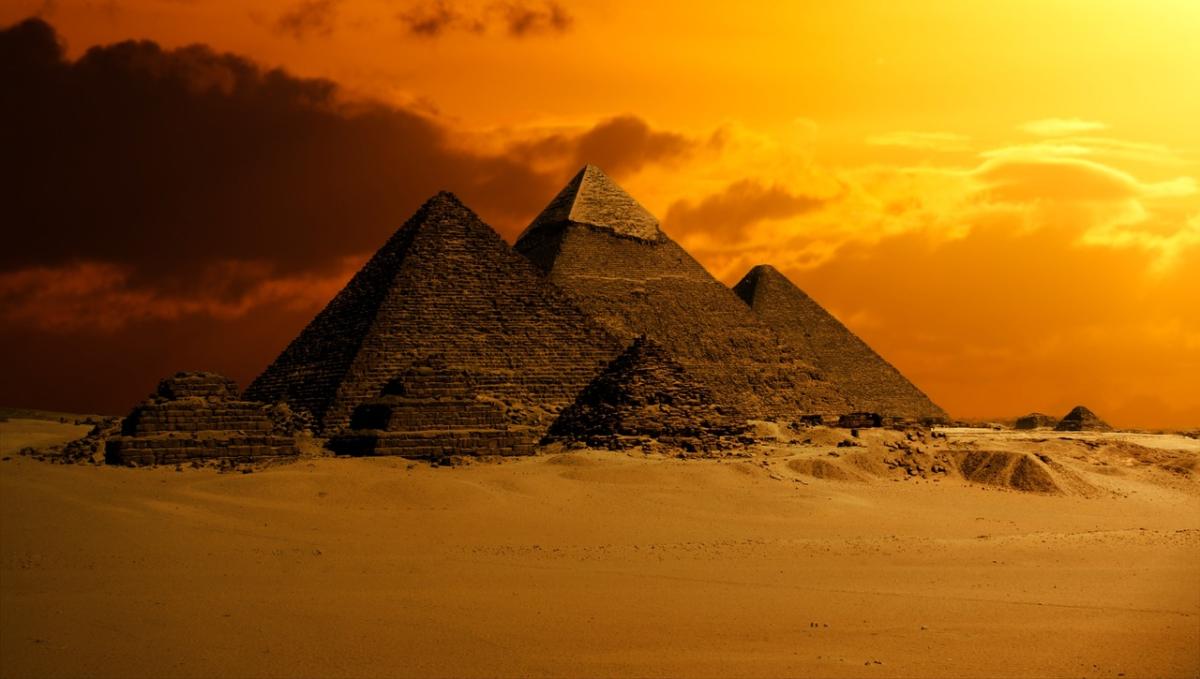
Egypt, the cradle of civilization, beckons travelers with its ancient wonders, vibrant culture, and breathtaking landscapes. From the majestic pyramids of Giza to the bustling streets of Cairo and the serene beauty of the Red Sea, Egypt offers an unparalleled travel experience. However, to ensure your...